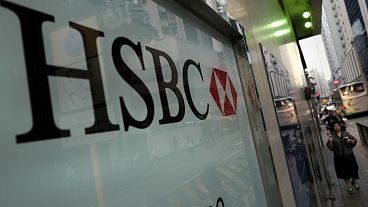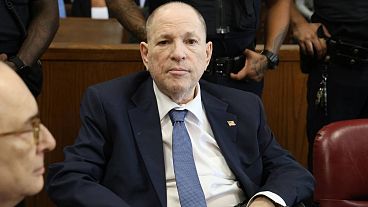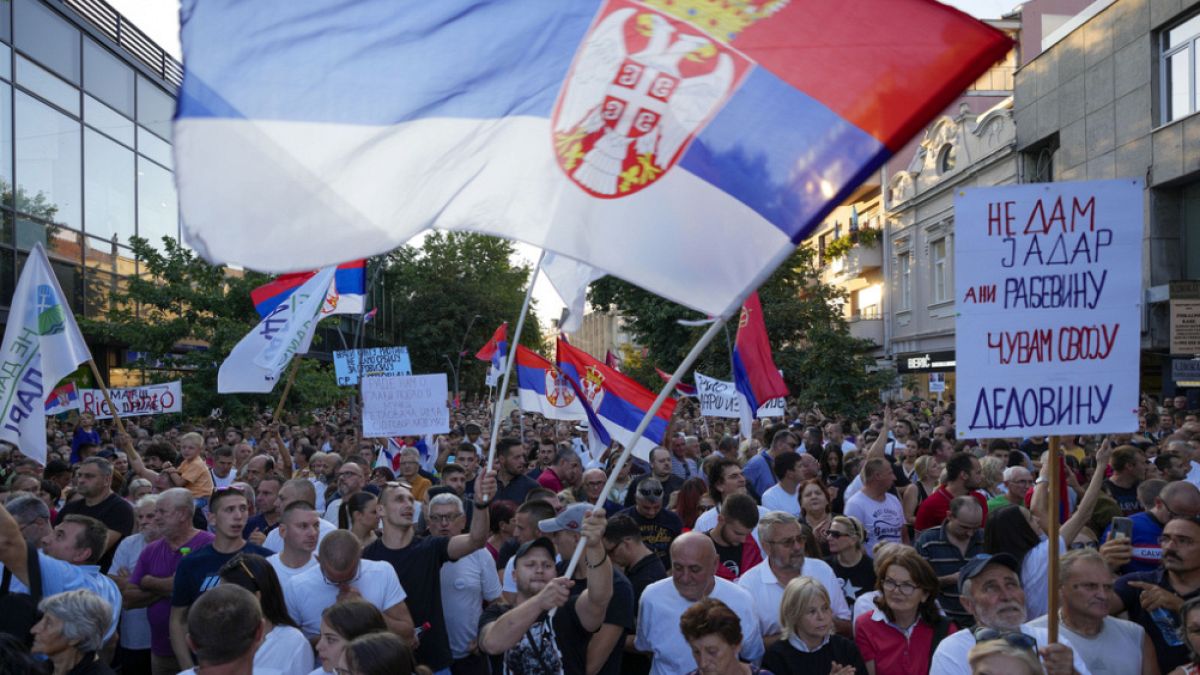With green groups set to mass for a protest on the streets of Belgrade this weekend over the planned opening of a Lithium mine, what is it about this controversial mineral that has Europeans keen to acquire supplies?
Green groups in Serbia have called what they hope will be a mass protest in Belgrade tomorrow (10 August) against plans to open Europe’s largest lithium mining operation in the fertile Jadar valley in the west of the country, while China – the world’s third largest producer – is also looking to gain a foothold in the region.
The Serbian mining project has been a source of growing unease since the Anglo-Australian mining conglomerate Rio Tinto first discovered deposits of a new ore it dubbed Jadarite twenty years ago, but tensions came to a head in January 2022 when the government of president Aleksandar Vučić withdrew approval for the mining project’s spatial plan.
That decision followed months of protests spurred by fears of the drastic environmental impact of the planned operation that the firm estimates could produce annually some 58,000 tonnes of lithium carbonate (the form in which it is widely traded, equivalent to about 11,000 tonnes of pure lithium metal).
Available estimates suggest a typical 60kWh electric car battery requires about 50kg of the salt (containing 9.4kg of pure lithium) – so that’s enough for over a million such vehicles.
With EV’s taking up a growing share of annual car sales (14.6% of 10.5m units sold last year in Europe, according to the trade association ACEA), the market value of lithium carbonate is set to increase, although prices seem to have stabilised for now at around $13 per kilo after spiking to five times that in 2022.
Analysts at BMI – part of Fitch Group, better known for credit ratings – forecast in late June a more modest, but still significant, rise to something over $15 this year then $20 in 2025, with rising production largely meeting demand.
But the price on the global market is not the only reason Europe wants to mine the stuff closer to home: it wants to avoid dependence on large external suppliers in an era of increasing geopolitical tension – a fact most sharply reflected by domestic production and recycling targets in the recent Critical Raw Materials (CRM) Act.
By far the largest supplier globally is Australia, with its 88,000 tonnes of lithium almost double that of second placed Chile last year (the EU struck a strategic partnership with the Antipodean mineral giant shortly before that with Serbia).
China produced about 33,000 tonnes last year, but that figure belies its reach on the global markets.
Tianqi, a Chinese company that is one of the top four global lithium miners is heavily invested in production in Australia. In an interview with the South China Morning Post last month, chief executive Frank Ha Chun Shing Said the firm was in talks with potential European partners – including in one unnamed EU country - to expand into battery production.
China’s Eve Power started recruiting in March for its new €1bn battery plant in eastern Hungary, while Chinese carmaker BYD announced its first European electric car production plant in the same country at the end of last year (more recently, it announced it would open a similar facility in Turkey).
With recent EU import tariffs on Chinese electric vehicles perhaps a sign of things to come, China firms have a clear incentive to locate production closer to the European market.
Plans for lithium production within the EU are on hold at the moment, with the ambitions of its only significant producer Portugal (380 tonnes last year) to hugely ramp up production also stymied by public opposition and, more recently, confused corruption allegations.
Which brings us back to Serbia, which the US geological survey estimates has reserves of 1.2 million tonnes to Portugal’s 270,000. (Germany is sitting on 3.8m tonnes, according to the US government agency, and Czechia 1.3m, raising interesting questions about assumptions regarding public acceptance of lithium mining too close to home.)
On 19 July, the EU inked a memorandum of understanding with Vučić at a CRM summit in Belgrade, with the chancellor of Europe’s automotive superpower Germany also in attendance. Just three days earlier, the Serbian government reinstated Rio Tinto’s licence, unfreezing the mining project.
Protesters had mobilised even ahead of a supreme court ruling on 11 July that served as the pretext for the government U-turn, and which opponents of the mining plan clearly saw as a foregone conclusion. The EU-Serbia ‘strategic partnership on sustainable raw materials, battery value chains and electric vehicles’ triggered a fresh round of demonstrations that look set to culminate in what organisers hope will be a show of strength this weekend.












